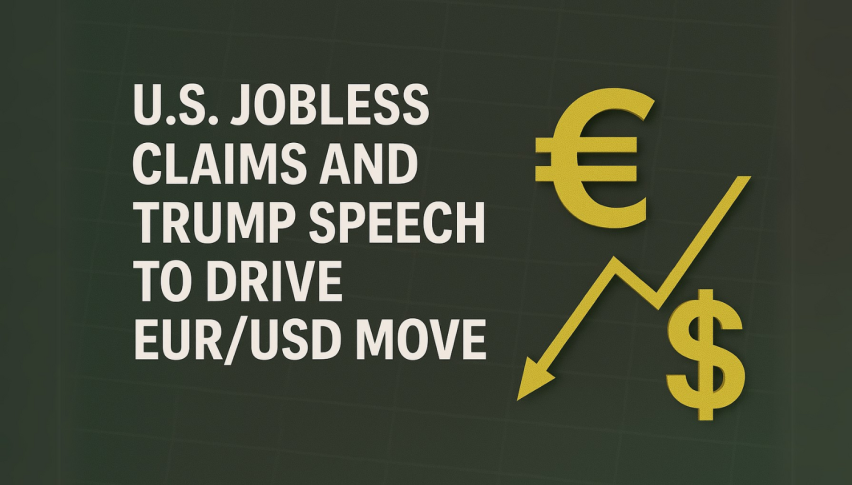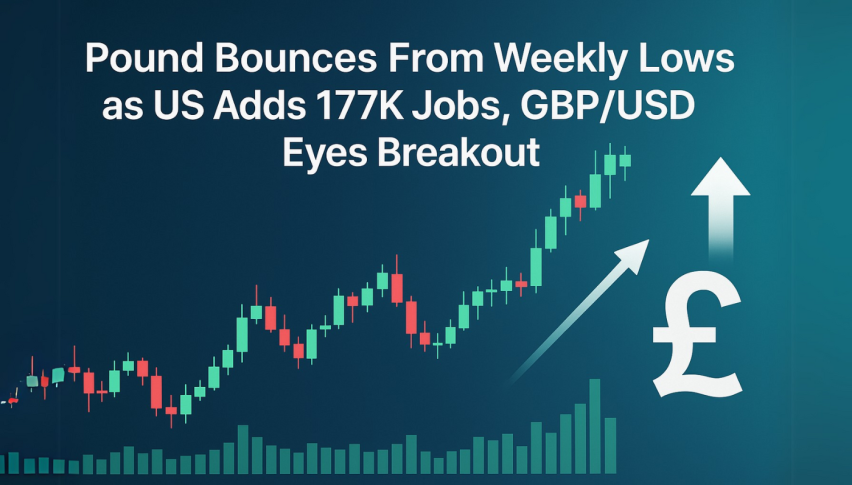European Flash PMIs Don’t Paint A Positive Picture for the Euro
The European manufacturing PMI showed a further dip in recession, while services PMI is also heading to stagnation and later recession
The president of the European Central Bank (ECB) Christine Lagarde has been quite hawkish and bold with comments on further policy tightening, which means more rate hikes. But, other major central banks have stopped and the economy of the Eurozone has been showing signs of deterioration, as higher interest rates have slowed investment and hurt the consumer.
This week we have the ECB meeting on Thursday, although before that, we have a round of data, which will show where the manufacturing and services sectors stand. Expectations for the manufacturing Purchasing Managers’ Index (PMI) this month are for a slight decrease to 43.3 points from the 43.4 point reading in June. The services PMI is predicted to slip even more to 51.4 points from 52.0 points previously which means that it is approaching stagnation, leading to a decline in the composite PMI to 49.6 points compared to the previous reading of 49.9.
In the previous report, both the manufacturing and services components experienced a decline, with the eurozone economy showing signs of stagnation at the end of the second quarter, breaking a period of robust growth led by the services sector earlier in the year. Analysts anticipate further declines in the composite PMI based on earlier sentiment data released this month, such as the Sentix and ZEW indices. They expect the eurozone composite PMI to fall below the critical threshold of 50 points, which separates economic expansion from contraction. This suggests a significant risk that the eurozone GDP might contract in the third quarter of 2023.
Regarding the European Central Bank (ECB) rate decision on Thursday, the upcoming PMI release is unlikely to have a significant impact. The market expects the ECB to deliver a 25 basis points hike to the deposit rate, and this decision is already well anticipated.
Overall, the PMI data will be crucial for assessing the current state of economic activity in the eurozone and may provide insights into the potential direction of GDP growth. However, it is not expected to alter the market’s expectations for the ECB’s rate decision.
Eurozone July Flash Services PMI
- July flash services PMI 51.1 points vs 51.5 expected
- June services PMI was 52.0 points
- Manufacturing PMI 42.7 points vs 43.5 expected
- Prior manufacturing PMI was 43.4 points
- Composite PMI 48.9 points vs 49.7 expected
- Prior composite PMI was 49.9 points
On the balance of things, the overall numbers here don’t seem as dire as what the German PMI data earlier suggests. However, the manufacturing sector is still well in recession and services activity is unable to offset that to carry the euro area to start Q3. Business activity is now sitting in contraction territory and that will ignite recession worries for the second-half of the year. HCOB notes that:
“Manufacturing continues to be the Achilles heel of the eurozone. Producers have cut their output again at an accelerated pace in July, while the services sector’s activity is still expanding, though at a much slower rate than earlier in the year.”
EUR/USD Live Chart
- Check out our free forex signals
- Follow the top economic events on FX Leaders economic calendar
- Trade better, discover more Forex Trading Strategies
- Open a FREE Trading Account



